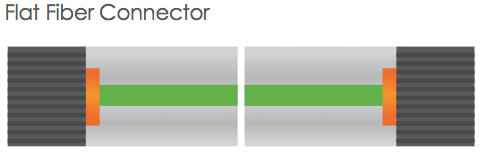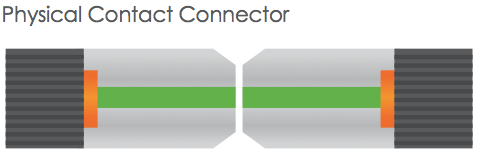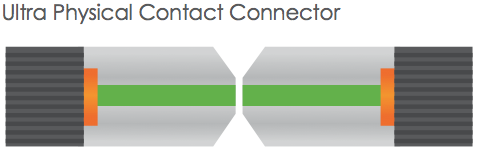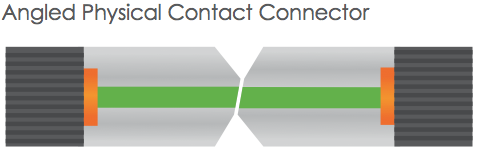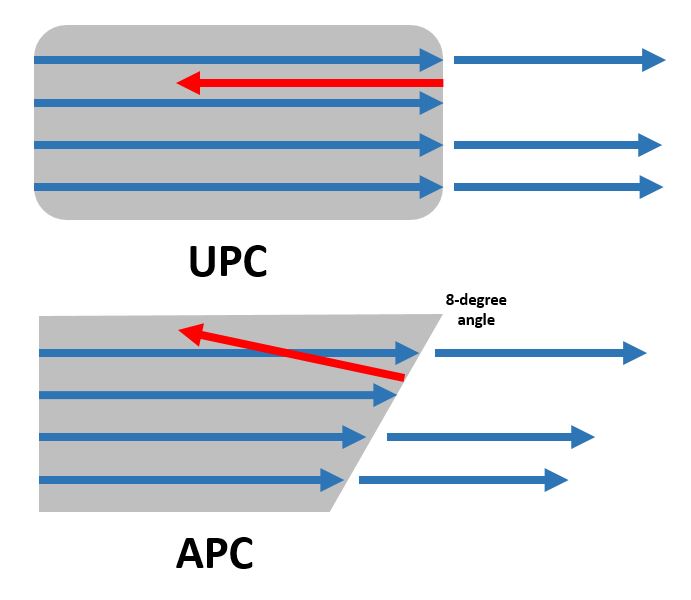We know that in data centers and server farms, when peripherals are attached to a computer, a physical cord is required to send signals back and forth. In this case, the processor can communicate with these devices and send data to them. Communication occurs when the computer sends electronic pulses to the peripheral or vice-versa. Basically, there exist two primary types of digital data transmission: serial transmission and parallel transmission. Then, is there any difference between these two methods of data transmission? How to apply them in data center connectivity? This is what exactly we are going to discuss.
For each and every data transfer, the same protocol should be applied to the emitter and the receiver. It enables them to have the same level of information and to know the transfer speed of the data. There are numerous protocols though, and all protocols rely on these two transmission methods: serial transmission and parallel transmission.
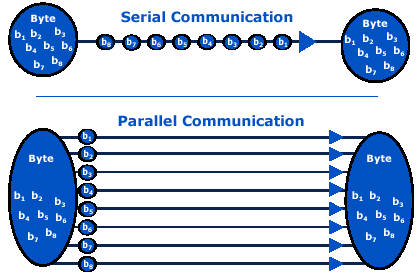
In serial transmission, bits are sent sequentially on the same channel (wire), one bit at a time. In this way, it reduces costs for wire but also slows the speed of transmission. Also, for serial transmission, some overhead time is needed since bits must be assembled and sent as a unit and then disassembled at the receiver. Serial transmission can be either synchronous or asynchronous.
In parallel transmission, multiple bits (usually 8 bits or a byte/character) are sent on different channels (wires, channels) simultaneously within the same cable, or radio path, and synchronized to a clock. Parallel devices can transfer data in words of one or more bytes at a time. Consequently, there is a speedup in parallel transmission bit rate over serial transmission bit rate, and the cost increasing parallelly since multiple wires cost more than a single wire. As the cable gets longer, the synchronization timing between multiple channels becomes more sensitive to distance. Unlike serial transmission, parallel transmission is considered synchronous.
We know that both serial transmission and parallel transmission take a seat in data center connectivity, but in different situations and applications. In the following parts, we will illustrate it in details.
Serial transmission approach is usually employed in 10G fiber connectivity where the data are sent sequentially. A duplex fiber pair that consists of one dedicated transmission fiber and one dedicated reception fiber creates the 10G channel to complete the data circuit. Typically, serial connectivity is achieved by using a duplex LC connector. The LC connector is the most commonly deployed interconnect in data centers, especially for high-density network applications.
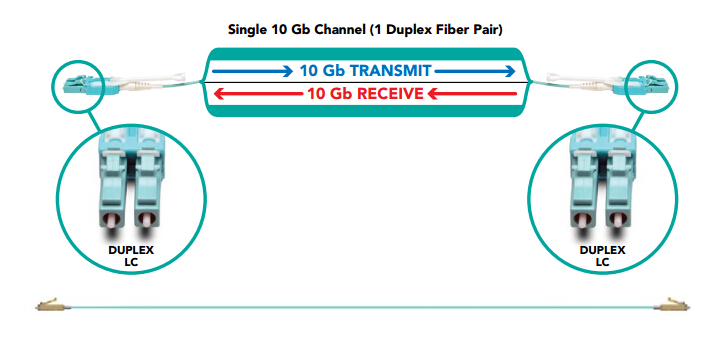
Currently, it’s still not feasible yet possible to adopt a single duplex fiber for beyond 10G network. Although, the technical advancements in serial transmission have raised the limit to 25G, 40G network and above demands for parallel transmission since it can transport more data and achieve higher speeds. For example, parallel transmission achieves the 40G speed by combining four 10G duplex fiber pairs to create a 40G channel. A 100G channel would include ten 10G duplex fiber pairs, and so on. The same principle applies for 120G network and higher.
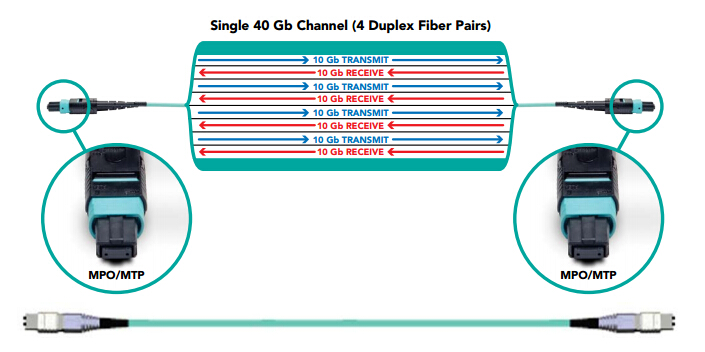
However, parallel transmission principles can also be applied to 25G duplex fiber pairs to reach even higher speeds or reduce the number of fibers required at a given speed. For instance, a 100G channel would require four 25G duplex fiber pairs instead of ten 10G duplex fiber pairs.
In parallel transmission, MPO/MTP connectors are used to achieve connectivity. They either house 12 or 24 fibers (6 or 12 duplex fiber pairs). This connectivity option finds itself a better place in data centers because it can take advantage of low-cost lasers and multi-mode cables. Equipment designed for speeds of 10G or less has two-strand, duplex fiber ports for serial transmission, while 40G and 100/120G equipment has 12- and 24-strand MPO/MTP fiber ports for parallel optics transmission.
As the basic digital data transmission approaches, serial transmission is often used in 10G connectivity or data transfer with great distances. While for 40G and beyond or short distance transmission, parallel transmission is preferred. Hope you could acquire some useful information from the article, and have a better understanding of these two data transmission methods.
